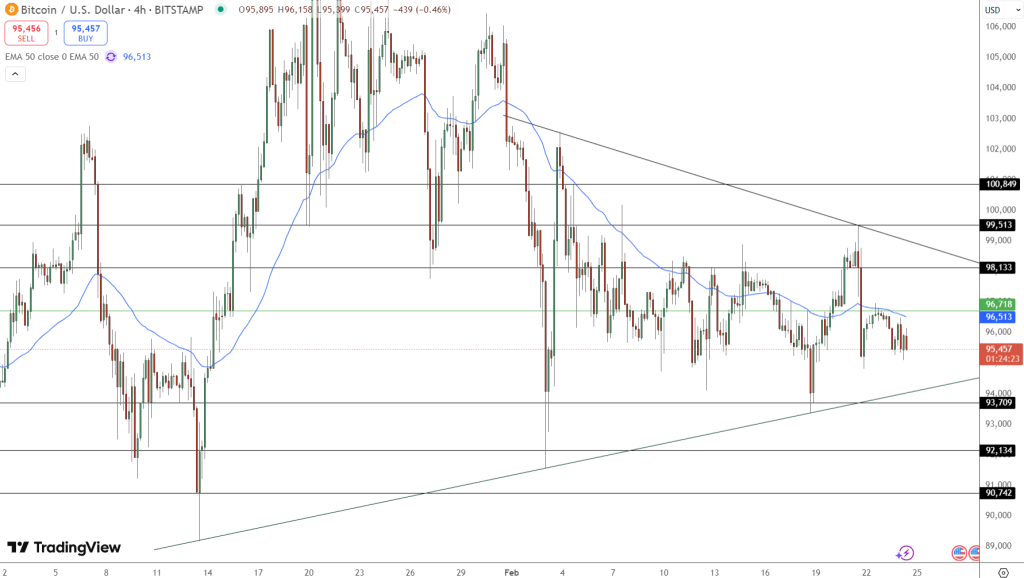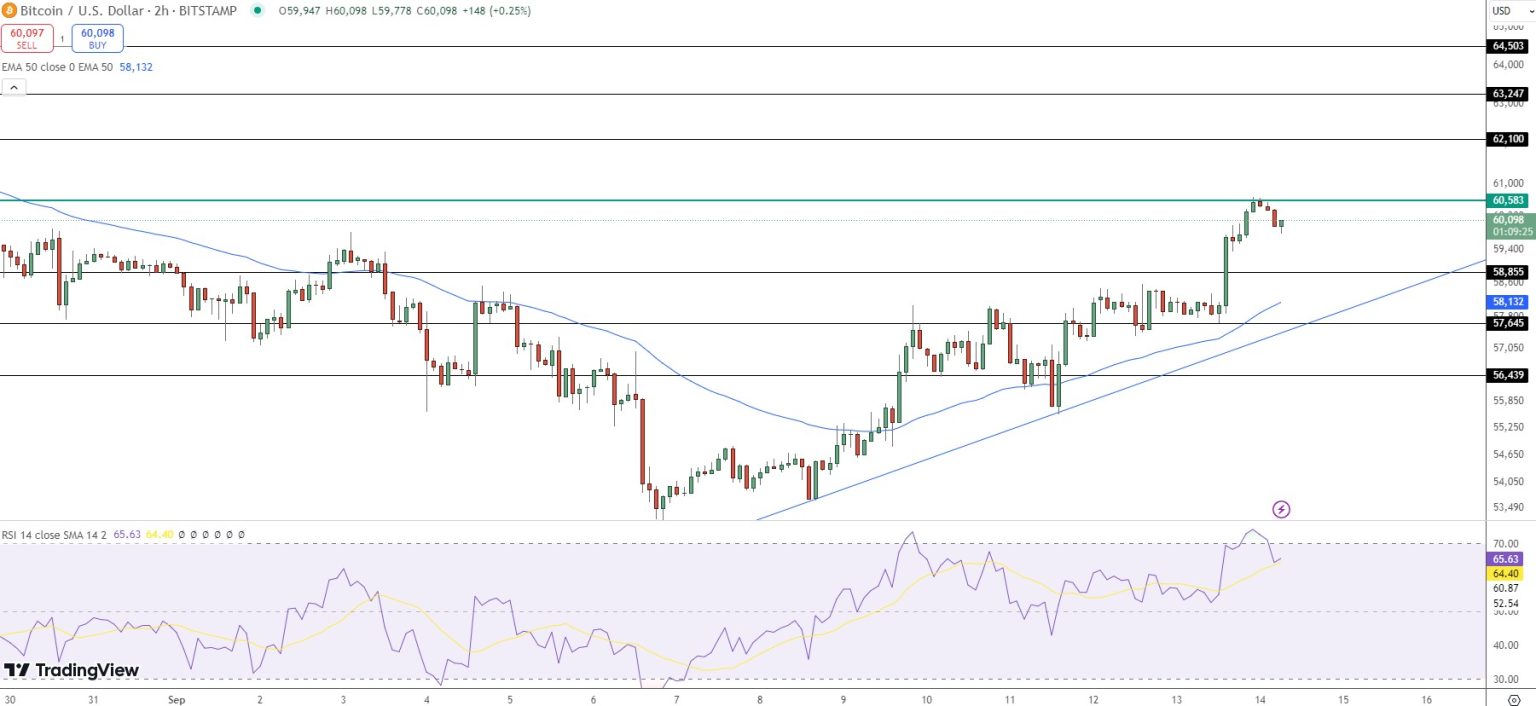Last updated:
 Why Trust Cryptonews
Why Trust Cryptonews

The recent Bitcoin price decline has sent tremors through the crypto market, but few feel the quake as deeply as Michael Saylor’s Strategy, the software firm turned Bitcoin whale who now faces the uncomfortable possibility of selling its BTC reserves at a loss.
According to a recent regulatory filing, Strategy revealed it may be forced to sell some of its Bitcoin holdings to meet financial obligations, potentially below cost basis.
The company currently holds around 528,185 BTC, acquired at an average cost of $67,458, amounting to more than $35 billion in investments.
Yet, with Bitcoin now trading low, close to that level, the firm’s unrealized losses are swelling, approaching $6 billion in Q1 alone.
Despite a $1.69 billion income tax benefit softening the blow, the financial strain is intensifying.
Strategy’s debt burden stands at $8 billion, with $35 million in annual interest and $150 million in yearly dividends further tightening the noose.
The firm’s software operations no longer generate enough revenue to sustain these obligations, and the long-touted promise of Bitcoin’s perpetual appreciation is being put to a brutal test.
Strategy’s BTC Bet Turns Into a Liability
Strategy’s Bitcoin playbook was initially praised for entering Bitcoin early, ahead of the 2021 bull run; the company expanded its holdings through a mix of convertible debt and equity offerings.
At one point, this fueled massive investor confidence and helped Strategy gain a coveted spot on the Nasdaq 100. But what worked in a rising market now threatens the firm as the tide turns.
As of March 2025, Strategy had acquired 275,965 BTC since November 2024 alone, at an average price of $93,228.
With Bitcoin trading at around $77,000, that tranche alone accounts for nearly $4.6 billion in unrealized losses.
The filing submitted to the SEC clearly states the pressure. Without fresh funding, either through new equity or debt, the company could be forced to liquidate some of its Bitcoin holdings.
“We may be required to make such sales at prices below our cost basis or that are otherwise unfavorable,” the filing warns.
This reality stands in stark contrast to Michael Saylor’s previous assertions. The co-founder and executive chairman once claimed that even if Bitcoin dropped to $1,000, Strategy wouldn’t be forced to sell.
Wall Street Tensions and Recession Fears Could Fuel Further Bitcoin Price Pressure
Growing concern about a looming U.S. recession, further complicating Strategy’s predicament, adds fuel to the fire.
Goldman Sachs recently increased the probability of a U.S. recession to 45%, citing escalating trade tensions and weakening global markets.
This marked the second revision in just one week, reflecting increasing anxiety among institutional investors.
Goldman revised its 2025 GDP forecast downward to 1.3%, while J.P. Morgan sees a potential contraction of 0.3%.
Morgan Stanley noted that although a recession is not their base case, it is now an increasingly likely bear scenario.
These forecasts matter greatly to Bitcoin and, by extension, to Strategy. In times of economic uncertainty, risk assets like Bitcoin often come under selling pressure.
Compounding this is the Federal Reserve’s ambiguous stance on interest rate cuts.
While Goldman expects three cuts starting in June, traders now anticipate rate reductions in at least four of the five remaining Fed meetings.
Such macroeconomic instability could create further headwinds for Bitcoin, putting Strategy in an even tighter spot.
If BTC slips below Strategy’s average cost basis of $67,000, market sentiment could sour quickly, potentially triggering a wave of panic selling.
In many ways, Strategy now stands at a crossroads. In the coming months, its decision to double down, liquidate, or pivot will most likely determine the firm’s future.




